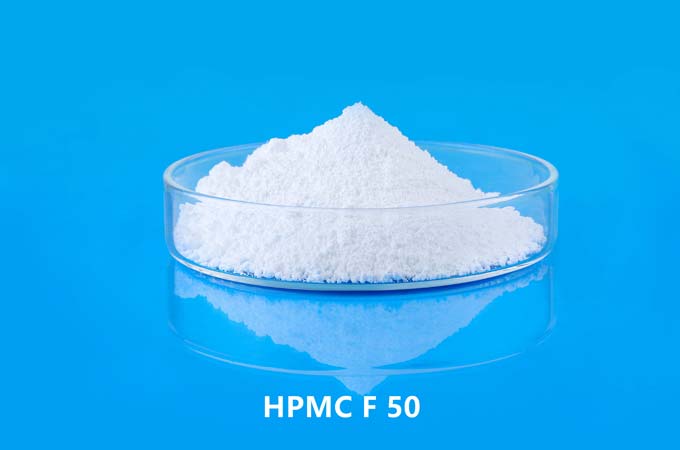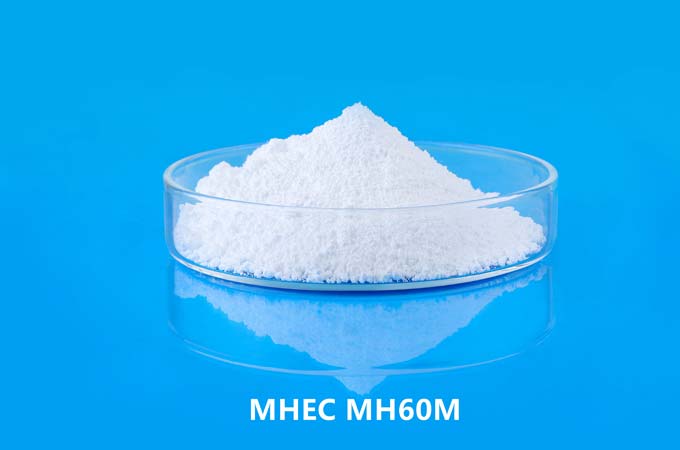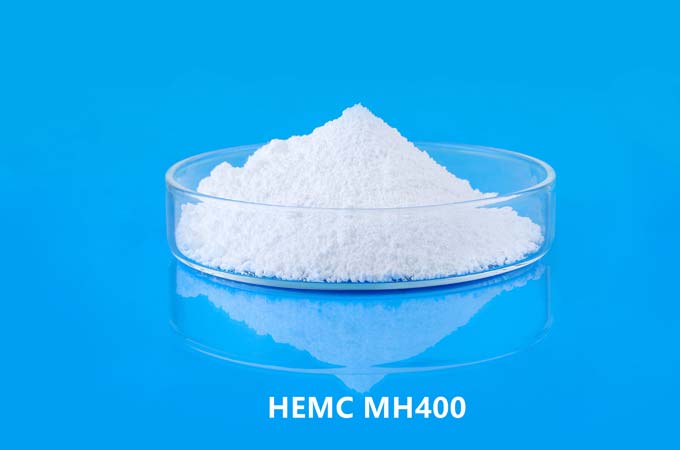Hydroxypropylmethylcellulose (HPMC) is a versatile polymer derived from cellulose that is widely used in various industries, including construction. In tile installation, HPMC plays a vital role in improving the performance and performance of tile adhesives and grouts.
1. Understand HPMC:
Hydroxypropyl methylcellulose is synthesized by treating cellulose with propylene oxide and methyl chloride. The resulting polymer has unique properties such as water retention, thickening capabilities, enhanced adhesion and improved processability. These properties make HPMC an ideal additive for tile adhesives and grouts.
2.The role of HPMC in ceramic tile adhesive:
2.1 Water retention:
HPMC enhances the water-holding capacity of tile adhesives, ensuring long-lasting workability and preventing premature drying. This feature is critical, especially on large tile projects that require extended opening hours.
2.2 Improve adhesion:
HPMC enhances the adhesion of tile adhesives to a variety of substrates, including concrete, wood and drywall, by forming a strong film on the surface of the substrate. This allows for a strong bond between the tile and the substrate, minimizing the risk of delamination or failure.
2.3 Adjust rheological properties:
HPMC, like HPMC K15M, acts as a rheology modifier, giving the tile adhesive shear-thinning properties. This helps simplify application so the installer can achieve the desired consistency and coverage without too much effort.
2.4 Crack resistance:
Adding HPMC to tile adhesives increases their flexibility and resistance to cracking. This is particularly beneficial in environments prone to structural movement or temperature fluctuations, as it helps prevent cracks from appearing on the tile surface.
3. Application of HPMC in ceramic tile grout:
3.1 Water retention and workability:
Similar to tile adhesives, HPMC enhances the water-holding capacity of the grout formulation, extending its workability and ensuring even drying. This allows installers to achieve smooth and consistent grout joints even in challenging conditions.
3.2 Color stability:
HPMC, such as HPMC E 5, helps maintain color stability in grout by preventing pigment separation and ensuring even dispersion. This creates beautiful grout lines that maintain their color integrity over time, enhancing the overall appearance of the tile surface.
3.3 Fouling resistance:
By creating a protective barrier on the grout surface, HPMC helps improve stain resistance, making it easier to clean and maintain tiled areas. This is especially beneficial in areas with high foot traffic or that are prone to moisture, where grout staining is a common problem.
3.4 Crack and shrinkage control:
Incorporating HPMC into grout formulations reduces the risk of shrinkage and cracking during curing, resulting in long-lasting, durable grout joints. This ensures the structural integrity of the tile surface and minimizes the need for frequent maintenance or repairs.
Hydroxypropyl methylcellulose (HPMC) is an essential additive in tile adhesive and grout formulations, providing benefits such as improved water retention, adhesion, workability and durability. Its versatility and effectiveness make it the first choice for tile installation professionals looking to achieve high-quality results and long-term performance. As construction practices continue to evolve, demand for innovative additives such as HPMC is expected to grow, driving advancements in tile installation technology and improving the built environment.
 English
English 日本語
日本語 français
français Deutsch
Deutsch Español
Español italiano
italiano русский
русский português
português العربية
العربية Türkçe
Türkçe Nederland
Nederland



